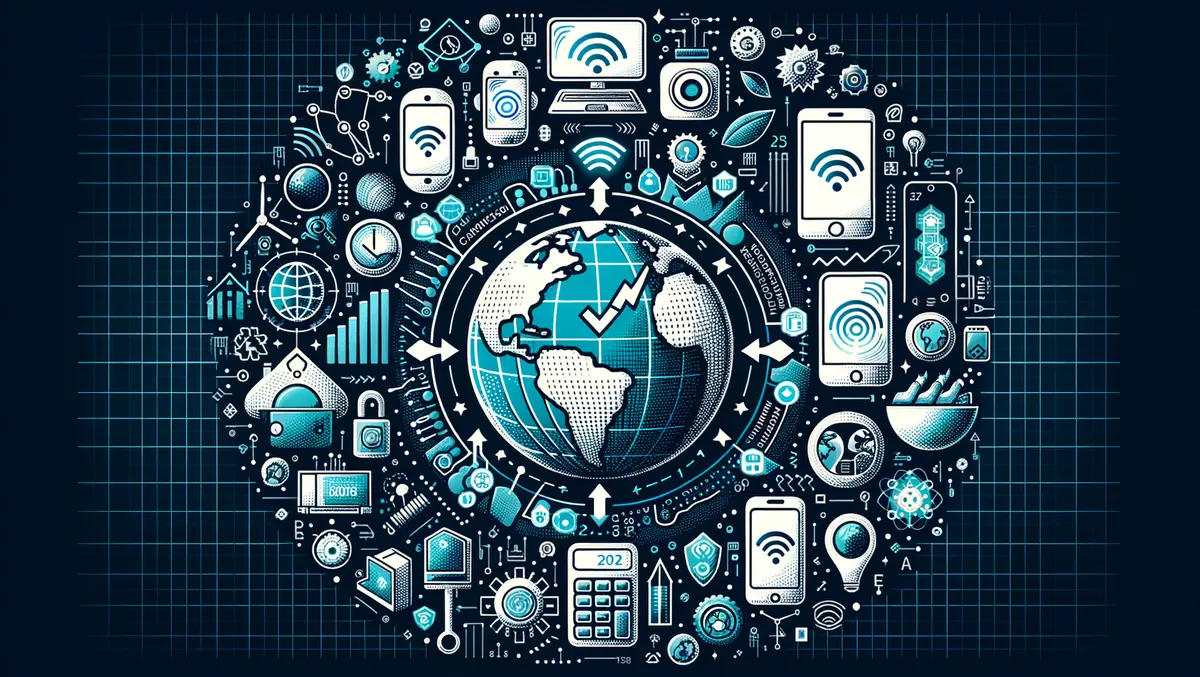According to a new study by Juniper Research, worldwide cellular IoT devices will increase from 3.4 billion in 2024 to 6.5 billion by 2028. However, the expected 90% growth in connections calls for the development of new services to facilitate efficient automation of IoT device management and security.
The research identifies intelligent infrastructure management solutions as crucial for managing this significant increase in cellular data. These solutions will allow IoT users to automate the configuration of devices, security processes, and connectivity in real-time. It predicts that global cellular IoT data created will rise dramatically to 46 petabytes in 2028, from 21 petabytes this year. This surge is anticipated to stimulate further investment in IoT automation services, such as federated learning.
Currently, most machine learning models use data sources stored in a single location, which consequently simplifies the task for fraudulent players. In light of this, Juniper Research's study recommends operators move towards federated learning models. These models follow a machine learning subset that utilises a decentralised data approach to minimise the likelihood of data fraud over IoT networks.
Federated machine learning reduces the exposure of sensitive IoT data, thereby decreasing the risk of data breaches. Alex Webb, research author, highlighted the importance of data security alongside the growth of cellular IoT connections. Webb stated that it is critical for both platforms and operators to ensure data is secure during transition and on device. He cautioned that failure to ensure data security could deter IoT users in industries with sensitive data from using a cellular IoT-based approach to connectivity.
This study offers a comprehensive evaluation of the cellular IoT market, featuring keen market analysis and in-depth forecasts for 60 countries. It canvasses almost 34,500 market statistics over a five-year period. Juniper Research has been in the business of providing advisory services and market intelligence to the global telecommunications sector for two decades.



